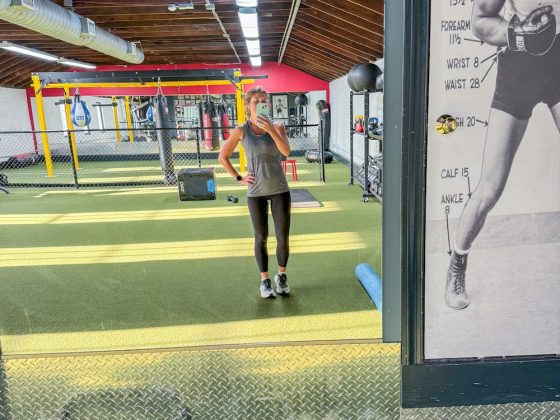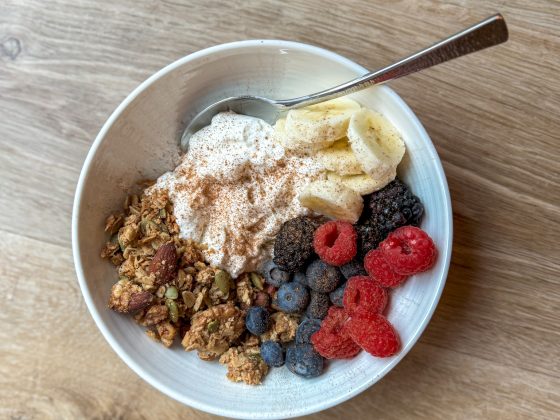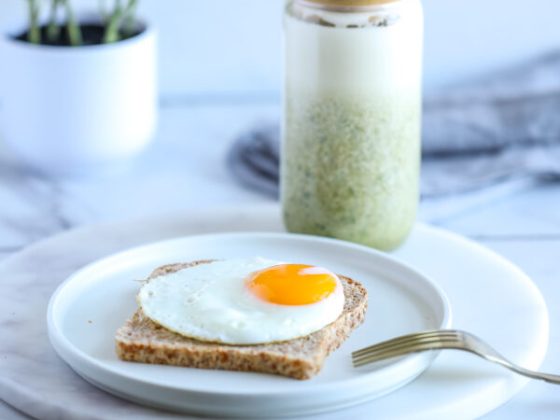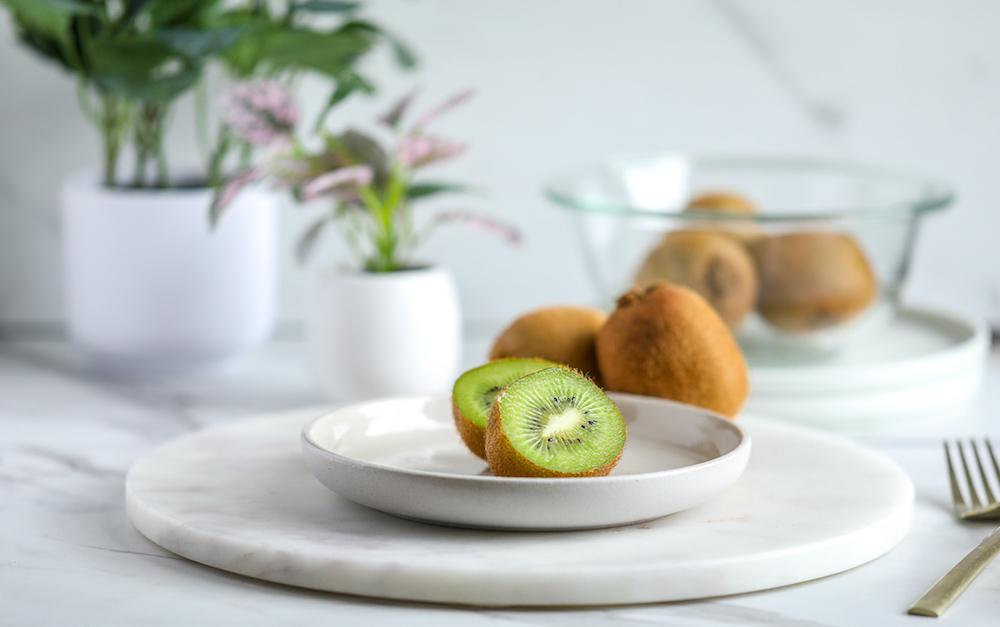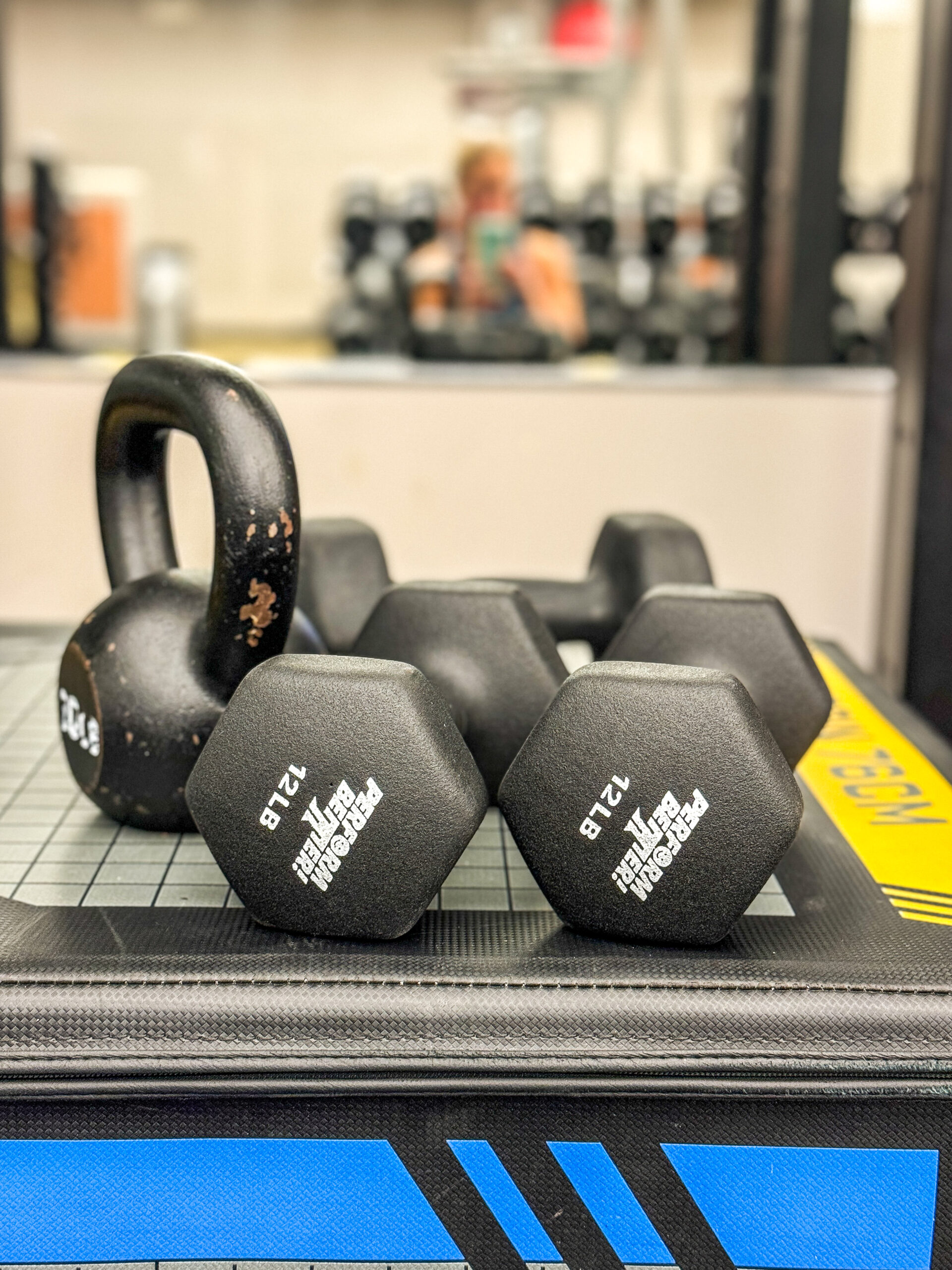If you cook at home, chances are you’ve tried out a few different styles of cooking your food, whether that’s vegetables, fruits, or protein. But were you choosing a cooking style intentionally, or based on how much nutritional value it would leave in your ingredients? While it may not always be possible to completely maximize nutritional value based on specific recipes you may be following, if you have the option, there are some cooking styles that will leave more nutrition in your food…and others that will zap it.
The Best + Worst Methods
For vegetables and fruits:
When it comes to veggies, Dr. Nona Djavid recommends “adding in a little healthy fat to your veggies by sautéing or stir-frying them with a little low fat vinaigrette or a bit of olive oil to crisp it up.” If you have to cook them in water, use as little water as possible, and avoid boiling or balancing when you can. In these methods the water sucks out great vitamins and minerals, like C and B vitamins, which you then rinse down the drain. Cooking in a pan allows the majority of the nutrients to remain in your vegetables. And crazy as it sounds, microwaving has also been shown to be one of the healthiest ways to cook veggies, as the short cook time allows most of the nutritional value to remain.
Some research shows that certain vegetables, like tomatoes and carrots, actually release more of their nutritional value when cooked versus eaten raw, according to Greatist.
Steaming is also a great option for cooking vegetables, though it doesn’t always produce the tastiest results. Especially for green vegetables, it reduces vitamin C content by only 9-15% (a very low level).
To maximize nutrition retention, don’t peel vegetables unless necessary, cut food after cooking if possible, cook vegetables only a few minutes if you can, and don’t use baking soda when cooking produce.
For meat and protein:
Some studies show that broiling meat is one of the best methods for retaining high levels of protein and nutritional value. Grilling meat has positives and negatives, allowing for great nutritional value retention, but leading to some possible side effects if consumed too often. Those who ate charred or barbecued meat regularly were seen to have an increase in cancers and cardiovascular disease. That doesn’t mean it’s not an option–just limit frequency and reduce cooking time or charring.
If you want to maximize nutrition retention, add back any meat juices that drip into the pan or tray and use the shortest cooking time needed for safe consumption. Don’t overcook if you don’t have to.


